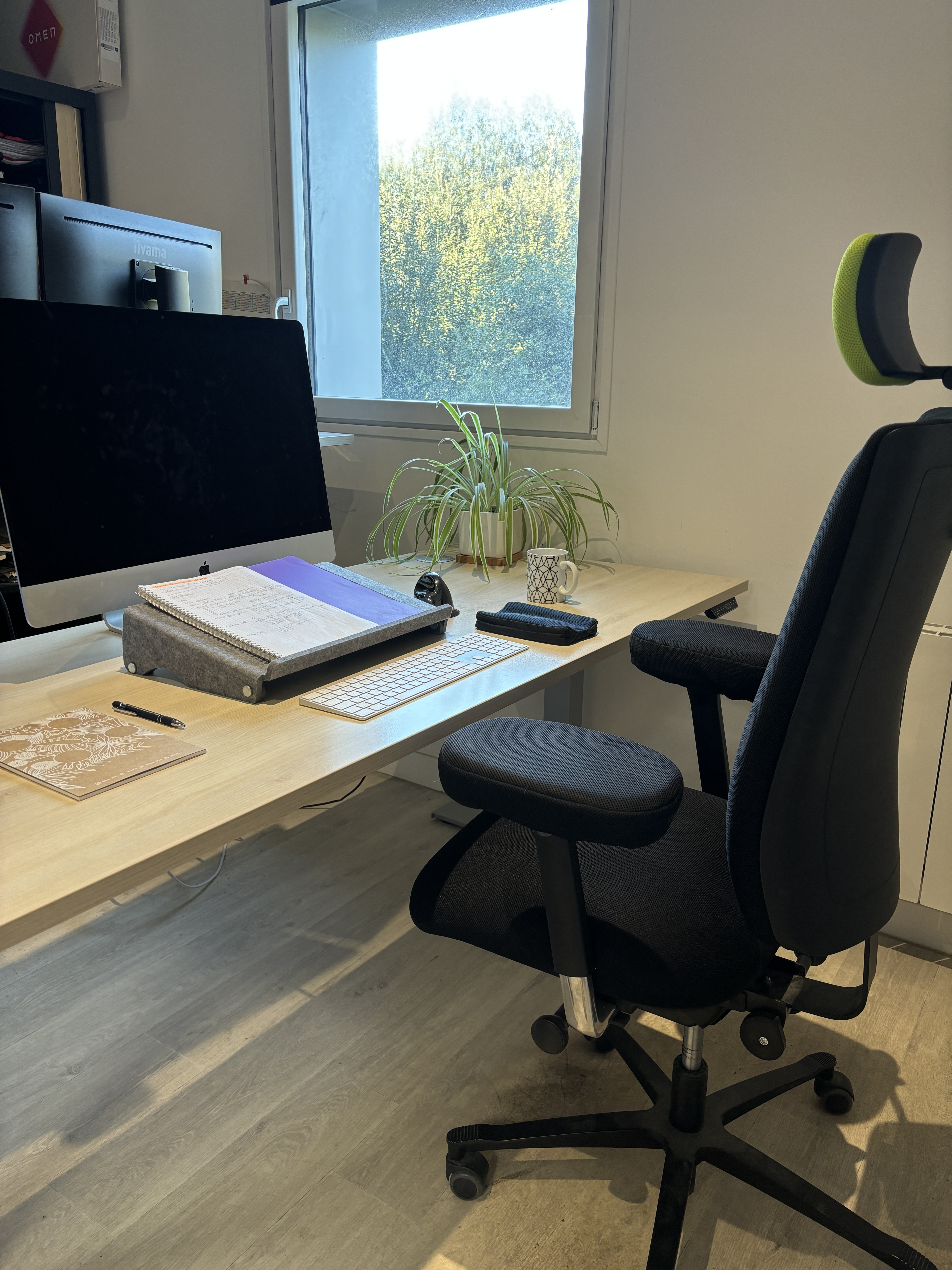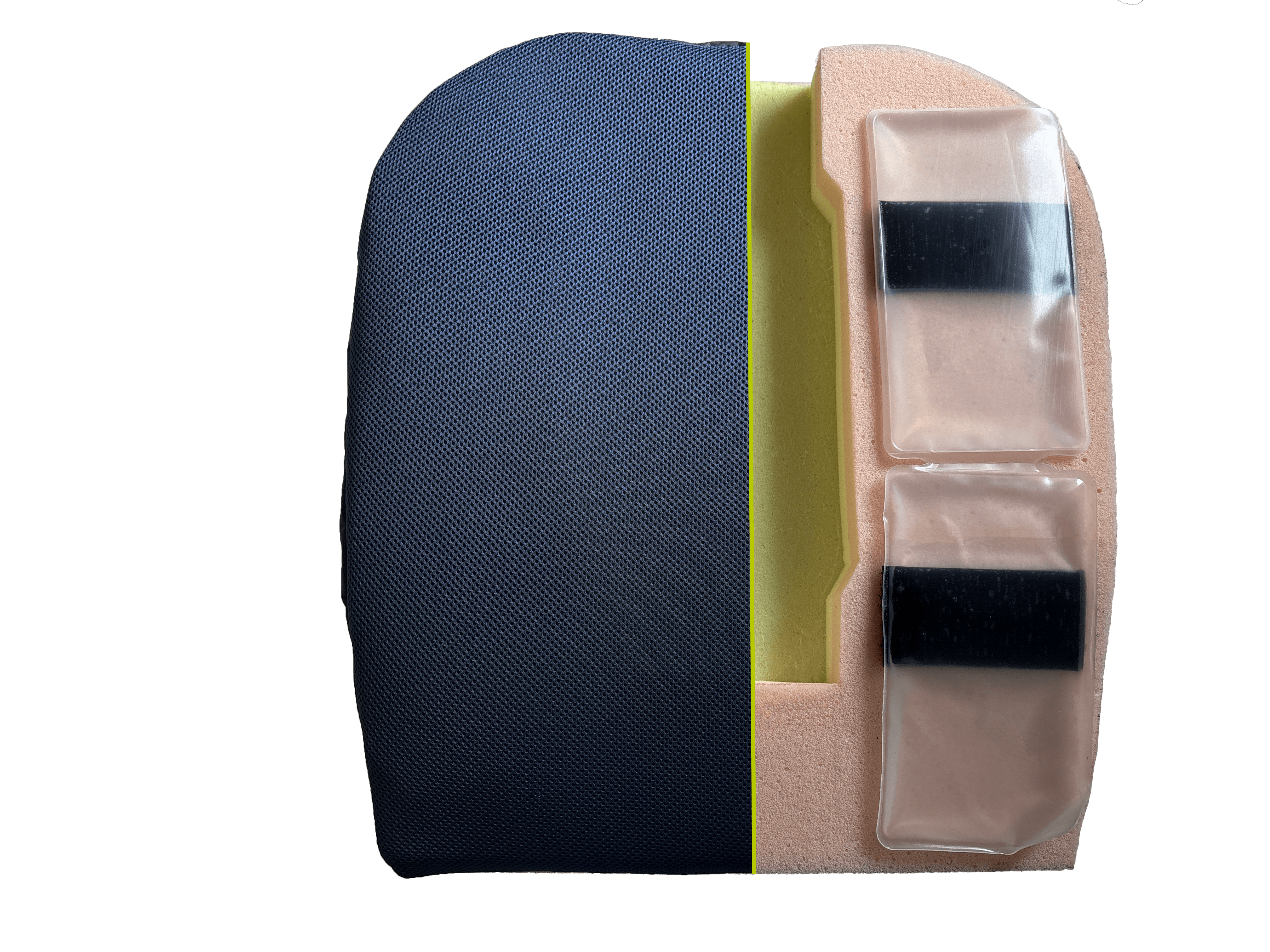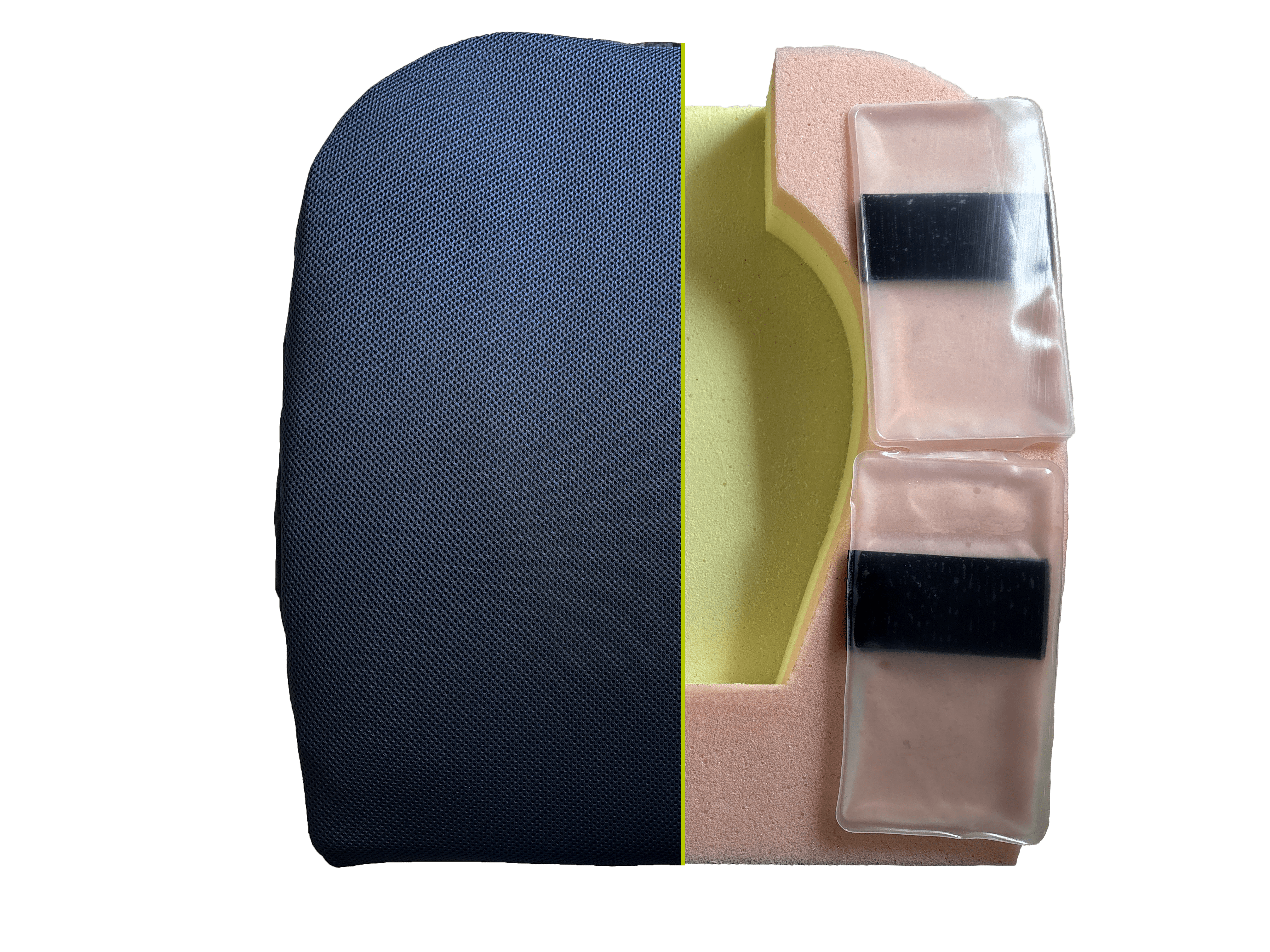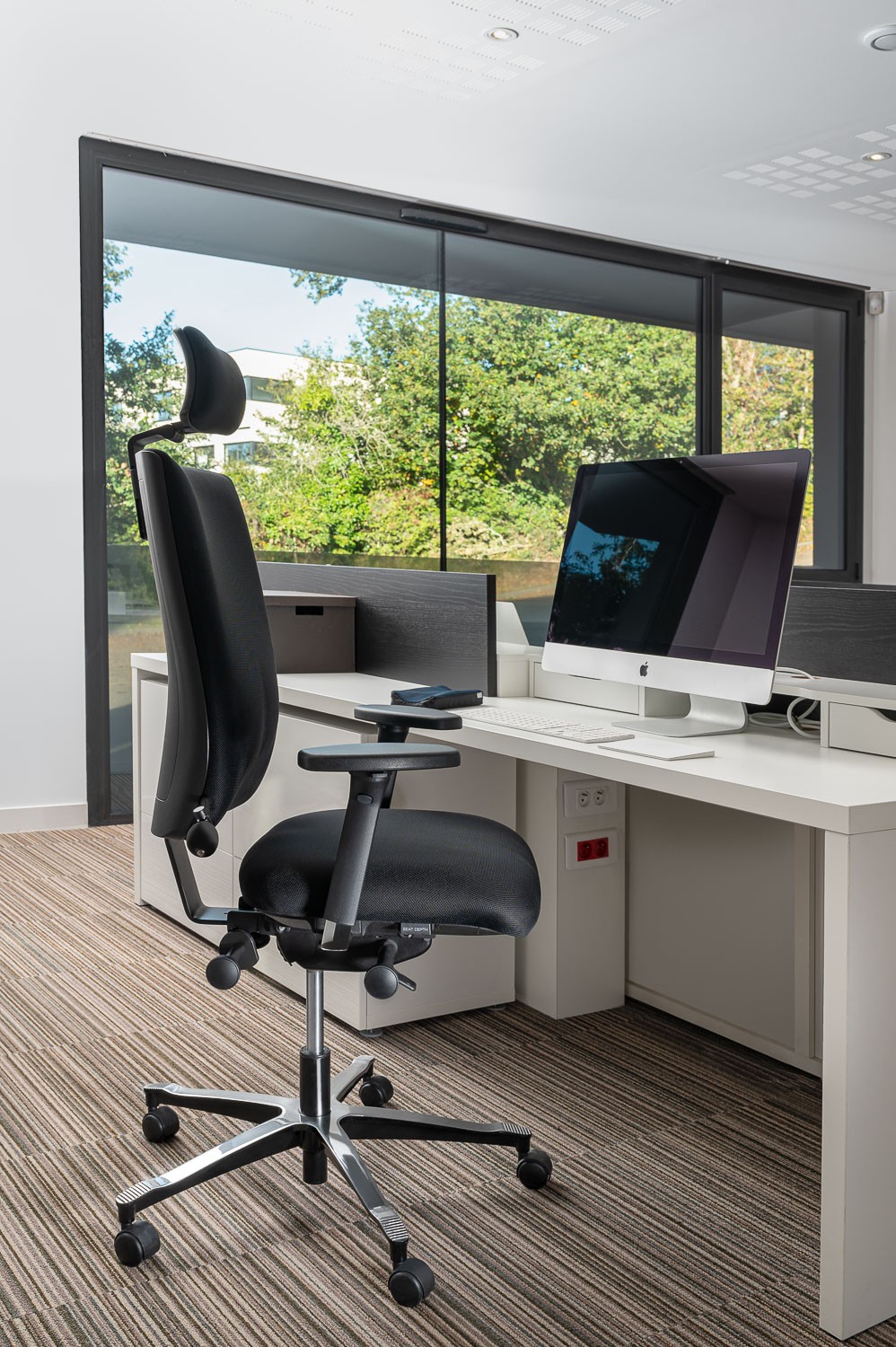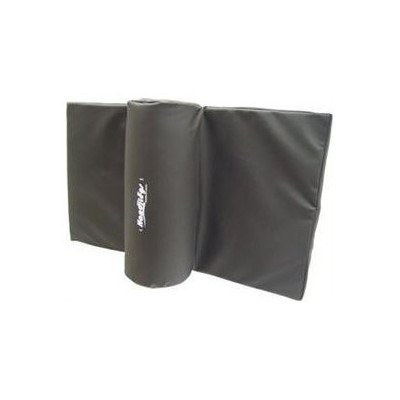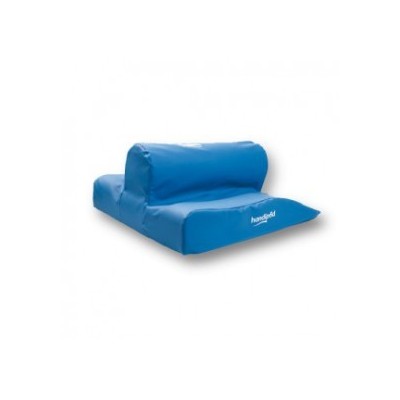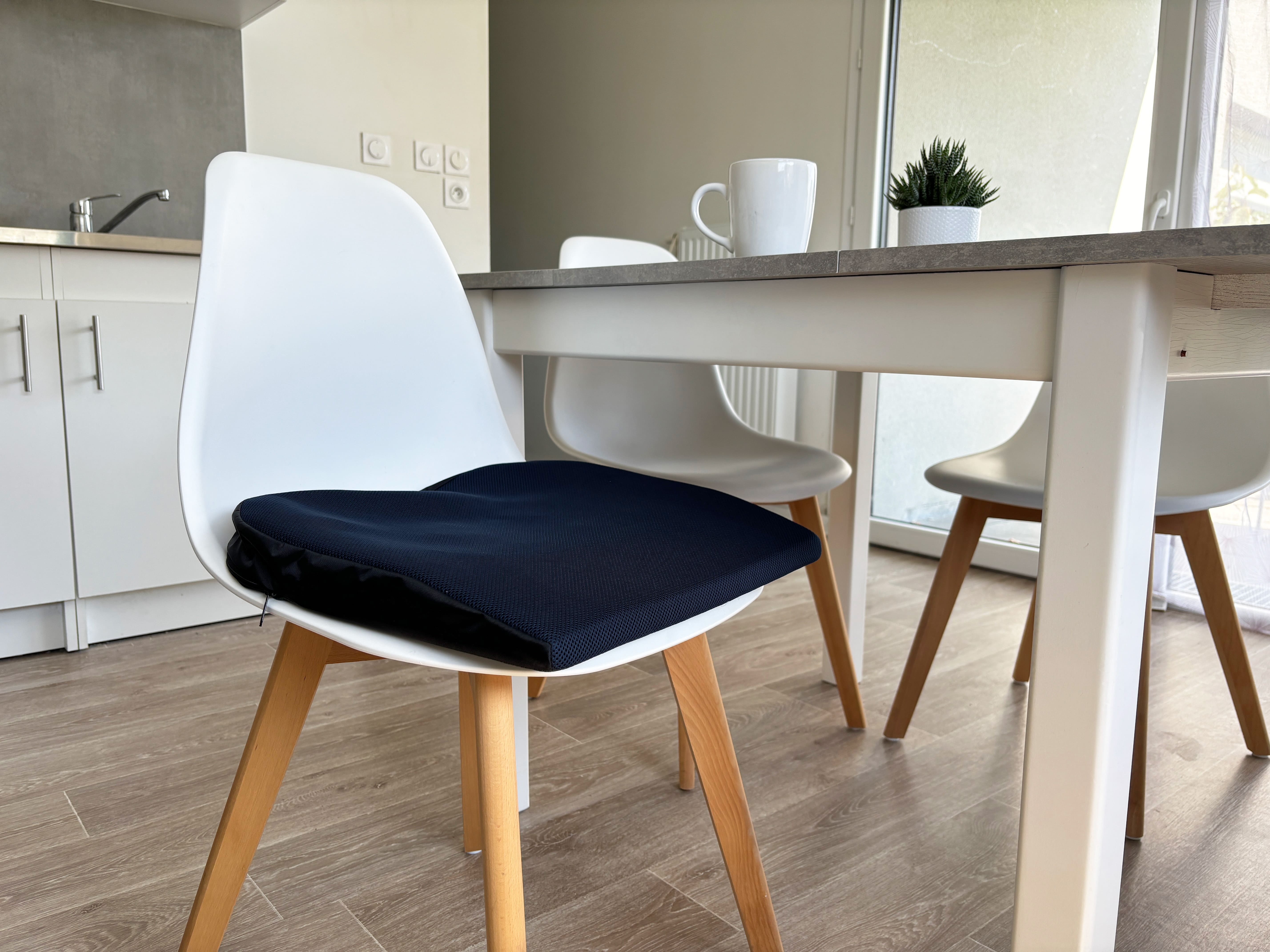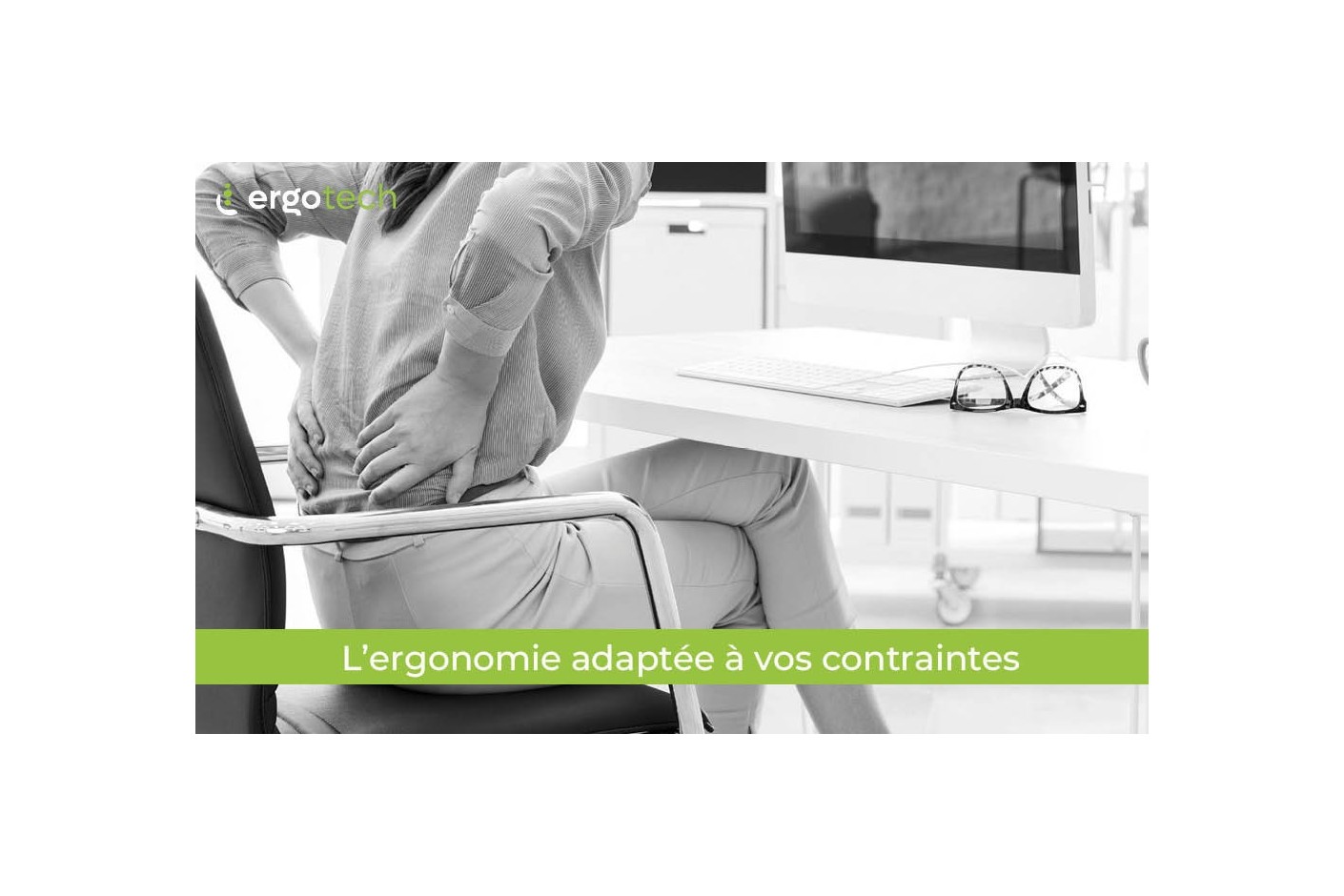
How to Relieve Sacrum Pain? Causes, Solutions, and Prevention
What is the sacrum?
The sacrum is a triangular bone located at the base of the spine, just above the coccyx. The coccyx is located at the lower end of the sacrum. Together, these two bones play a crucial role in supporting our body in a seated position and in stabilizing the pelvis.
What causes sacrum or coccyx pain?
1. Trauma
Falls or direct blows can cause bruising, fractures, or dislocations of the sacrum or coccyx.
2. Repetitive micro-trauma
Activities such as cycling or prolonged sitting on a hard surface can lead to chronic sacrum pain.
3. Poor posture
Poor posture, especially when sitting, can cause tension and pain in the lower back and coccyx.
4. Pregnancy and childbirth
Anatomical and hormonal changes during pregnancy, as well as the trauma of childbirth, can affect the sacrum and coccyx.
5. Medical conditions
Conditions such as arthritis, infections, or tumors can cause pain in this area.
6. Obesity
Excess weight can increase pressure on the coccyx while sitting, leading to pain.
How to relieve sacrum and coccyx pain?
1. Maintain good posture
Maintain proper posture, especially when sitting. Use an ergonomic chair that supports the lower back well and avoid sitting for long periods without moving.
2. Use appropriate cushions
A suitable cushion can help relieve pressure on the coccyx and sacrum when seated.
As a French manufacturer committed to relieving pain and improving daily well-being, creating a solution to relieve sacrum and coccyx pain was essential.
With this in mind, we designed the Ergoccyx Bureau+, a cushion usable at work and at home. Thanks to its coccyx relief, the Ergoccyx Bureau+ cushion effectively reduces pressure on the coccyx and sacrum to help with pain. Thicker at the back, it raises the pelvis to promote dynamic posture. Also available in a vehicle version for use in the car.
3. Do exercises and stretches
Strengthening and stretching exercises for the lower back, pelvis, and hips can improve stability and reduce pain.
4. Apply heat or cold
Applying hot or cold compresses to the painful area can help reduce inflammation and pain. Cold helps relieve nerve pain, while heat soothes the muscles.
5. Take pain medication
Over-the-counter analgesics like ibuprofen or acetaminophen can help manage pain and inflammation. Always consult a healthcare professional before taking medication. While they help relieve symptoms, medications do not treat the cause, which is important to identify.
6. Consult a healthcare professional
If pain persists, it is essential to consult a doctor. A specialist can provide an accurate diagnosis and offer specific treatments such as manual therapy, corticosteroid injections, or in rare cases, surgery.
How to prevent sacrum and coccyx pain?
Engage in regular physical activity
Strengthen the muscles of the back and pelvis with regular physical activity.
Maintain good posture
At work and in daily activities, make sure you maintain an ergonomic posture.
Take regular breaks
Avoid sitting too long without moving. Take regular breaks to stretch and walk.
Sacrum and coccyx pain can be caused by various factors, from trauma to poor posture. Fortunately, several methods can help relieve and prevent them. If the pain persists, do not hesitate to consult a healthcare professional for appropriate treatment.
By following these tips and better understanding the causes of sacrum and coccyx pain, you can improve your quality of life and regain daily comfort.


